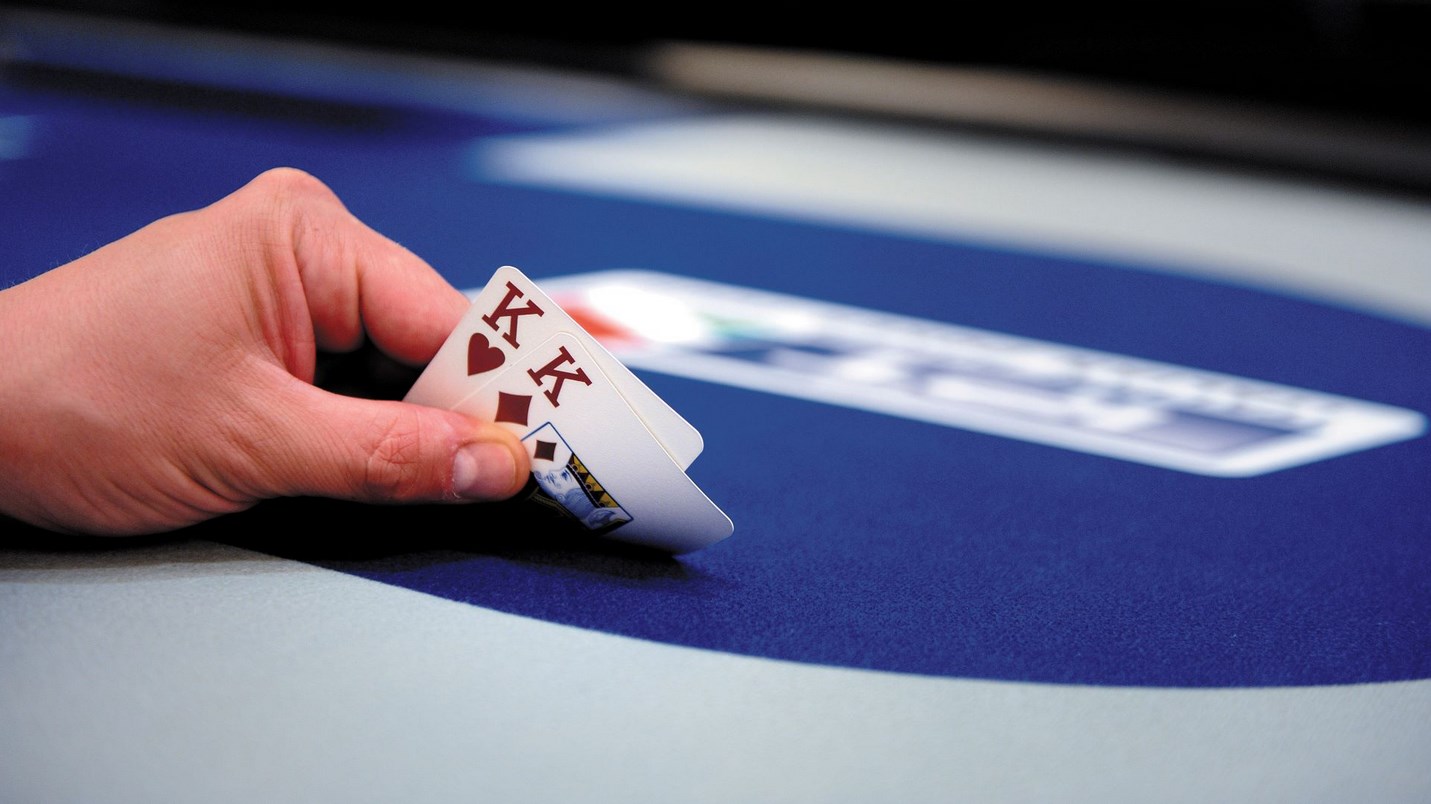3 key aspects of isolation raises

In the early stages of learning to play poker, some concepts and ideas novice players are forced to take on faith. Without confirming the correctness of certain actions on their own, that is, by gaining proper experience. The most effective way to increase understanding is to analyze the mistakes made and further work on their correction with the help of auxiliary poker programs, watching thematic training videos, analyzing hands with friends or qualified evaluators of specialized training portals. Despite the highest priority of analyzing your hands using various auxiliary tools (like Power-Equilab or GTO+), it is important to expand the knowledge base of fundamental principles when playing poker.
A classic example is isolation raises, which we decide to make based on tentative charts borrowed from coaches or more experienced players. Most often, we isolate a weak player, but we do this without a clear understanding of the starting points that turn this action into a benefit for us in the long run.
What is an isolation raise in poker?
Isolation raise or isolate - entering the game with a raise, when there have already been players who have invested money in the pot using a limp (calling the big blind). Isolation is one of the most important tools in our battle with weak players who tend to play many pots for a small price. We must remember that the range of an isolating raise and the range of opening a raise (when there were no people before us who actively expressed their desire to take part in the fate of the bank) are not identical to each other.
On average, isolation raises should be more balanced and careful than first word openings. This is due to the fact that the opponent, although in a passive form, nevertheless clearly demonstrated his intentions to take part in the distribution and fight for the pot. Therefore, we must assume that he has a decent hand. Here we will make a reservation that the concept of a "decent hand" is very dependent on the specifics of the opponent's play and can be in a very wide range.
The range of limps / calls of an opponent with statistical indicators of 90/8 (VPIP \ PFR) and an opponent of 25/0 can differ significantly. The limp / fold stat will also be of great importance, which we strongly recommend that you display in the pop-up of your poker software for collecting statistics (DriveHUD, Holdem Manager 2 or even Poker Copilot 6).
3 essential aspects of isolation raise in poker
In addition to an individual approach to raising ranges, regardless of the presence / absence of limpers before us, a poker player must take into account some other factors during the game:
- The strength of your hand. It is very common for poker players to make the mistake of making isolation raises with the wrong hands. Classic examples are isolates with offsuit Qx or Jx and further explanations like “I tried to play XA against a weak player”. The problem is that even a weak player's limp / call range will often be better than Q3o, with which the player was recklessly putting money into the pot. Don't be too liberal in choosing a starting hand worthy of an isolation raise. Especially at the very beginning of the poker career.
- Position advantage. The closer we are to the button, the looser and more aggressive we can play. This also applies to situations for isolation raises. We can both open and isolate the widest spectrum from the position of BTN. The explanation is simple - being in a position, we already know most of the actions performed by players before us. It also reduces the likelihood that the remaining players in the blinds have strong starting hands. Conversely, isolating out of position should only be done with strong hands, avoiding marginal decisions.
- Our skill level. The most subjective and important part of this poker equation. The ability to make fewer mistakes than opponents and use the slightest missteps and shortcomings in their game to their advantage. Often a player's skill levels out the value of equity and position. Here it is important to soberly assess your strength and not believe in your own infallibility and invulnerability.
Summary
A proper understanding of the importance of objectively assessing your level of play, positional advantage, and using the right ranges will allow the beginner poker player to gradually evolve into a seasoned regular. During this transformation, meaningfulness and mindfulness of actions will gradually replace the chaotic decisions about isolation. Instead of a superficial approach, you will begin to justify each decision made and consider several alternative solutions or scenarios in the distribution at once. And then your game will acquire external lightness according to the precepts of Andrew Seidman.





 Log in
Log in  Register
Register 